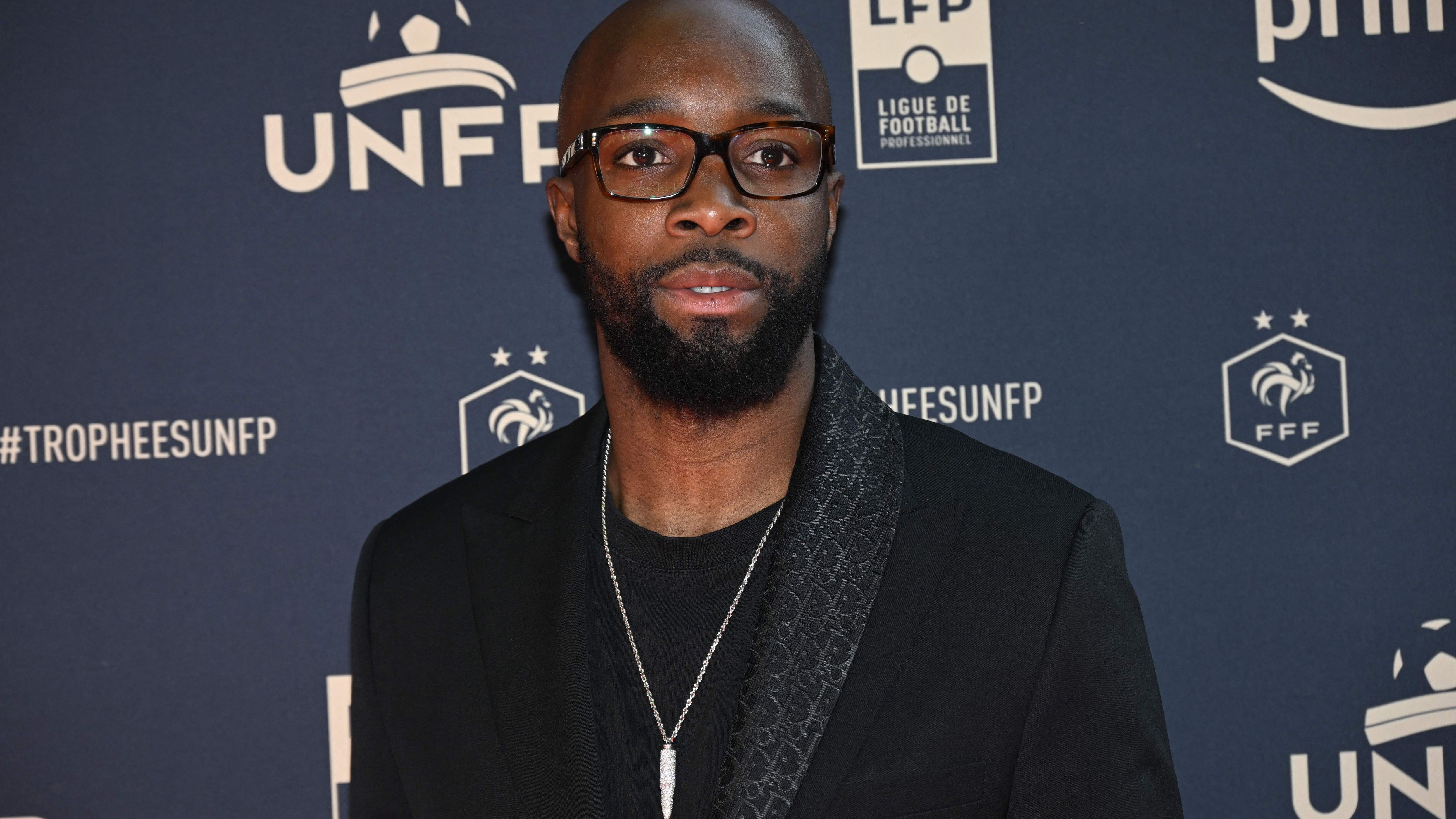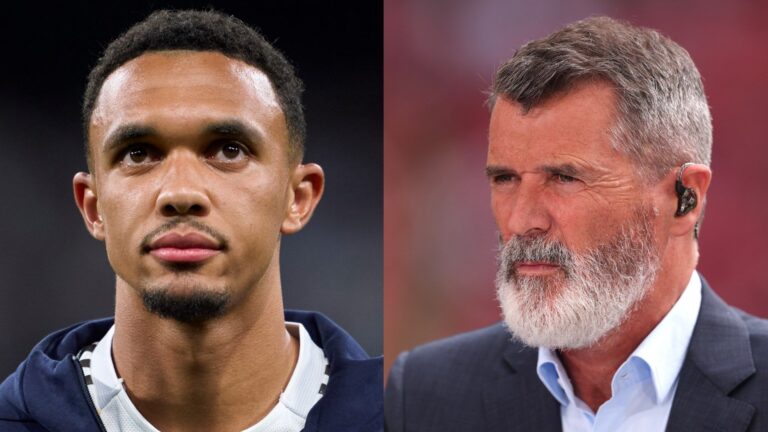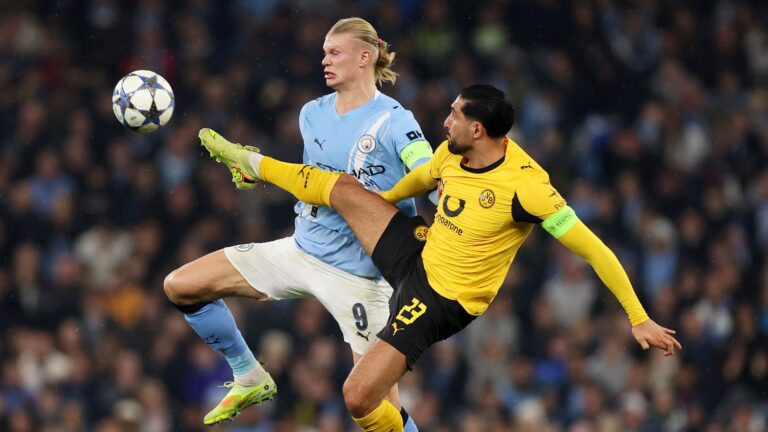Billions in Compensation: Dutch Foundation Targets FIFA and Football Associations in Landmark Lawsuit
In a bold move shaking the foundations of global football governance, a coalition of players is gearing up for a massive legal showdown. FIFA and several national football associations could face payouts running into billions, all stemming from a pivotal court decision that exposed flaws in player transfer regulations. This initiative highlights the growing demand for fairer treatment and greater mobility for athletes in the sport.
- A foundation from the Netherlands gears up for legal action against FIFA and five federations
- The suit demands vast sums to reimburse impacted soccer stars
- Legal move stems straight from the Diarra judgment



FIFA Faces Massive Claim Over Transfer Rules in Diarra-Inspired Lawsuit
The organization known as Justice for Players, based in the Netherlands, is assembling a large-scale lawsuit directed at FIFA alongside federations from five countries. They aim to secure enormous financial reparations for around 100,000 pro soccer players, according to reports from NOS. Set to be lodged at the District Court in Midden-Nederland, the complaint argues that FIFA’s guidelines on transfers have unlawfully hindered athletes’ earning potential since the early 2000s. This group effort builds directly on a groundbreaking verdict supporting ex-Real Madrid athlete Lassana Diarra, which declared those policies invalid. The targeted groups include federations from the Netherlands, Germany, France, Belgium, and Denmark, with notices sent to an additional 31 entities.
Origins of the Dispute: Diarra’s Battle and Its Broader Implications
For quite some time, tensions have simmered in this area, but the decisive moment arrived with the European Court of Justice’s (CJEU) decision regarding Diarra. The midfielder from France endured a prolonged conflict with Lokomotiv Moscow, resulting in a substantial penalty of €10.5 million (about £9m or $12m) and barriers to signing with another team after ending his deal early. Diarra contested FIFA’s Regulations on the Status and Transfer of Players (RSTP), claiming they violated EU principles on workers’ free movement. The judges concurred, noting that such policies imposed unpredictable and excessively burdensome economic hazards on players, leaving them with minimal leverage in talks or exits from tough team situations.
Contrasting with Past Milestones: From Bosman to Diarra
The iconic 1995 Bosman decision allowed athletes to switch teams freely upon contract expiration, but Diarra’s case delves into early contract terminations. This judgment lays a solid groundwork for the ongoing collective suit, indicating that FIFA’s framework overly favored clubs while undermining player autonomy. Organizations like FIFPro, which backed Diarra, have consistently pointed out how these restrictions hampered career progression and reduced earnings, especially for those competing in less prominent leagues. Recent data from 2023 shows that average player salaries in Europe’s top divisions have risen by 5%, yet many argue outdated rules continue to cap potential growth.
Backing and Strategy Behind the Players’ Justice Campaign
With funding from Deminor, a prominent European firm specializing in litigation finance, Justice for Players ensures that participants bear no upfront costs. This support allows eligible athletes to join the action effortlessly. Calculations suggest that FIFA’s limiting policies led to an average 8% shortfall in career earnings for players. The suit holds not just FIFA accountable but also the involved national bodies for implementing these rules, declaring them collectively responsible for reparations. This approach guarantees that if any defendant falters financially, others step in. Leading the charge is the Dutch firm Finch Dispute Resolution, advised by Jean-Louis Dupont, the legal mind behind the Bosman breakthrough.
Potential Reforms and Global Impact on Football Transfers
This high-stakes collective lawsuit challenges the core of the current transfer mechanism, pushing for substantial changes that go well beyond FIFA’s limited adjustments after the Diarra ruling-adjustments that FIFPro has criticized as insufficient. Facing the possibility of huge fines and requirements to harmonize RSTP with EU employment standards, the outcome might revolutionize contract handling and athlete mobility worldwide. The implicated national organizations, now under shared accountability, could need to rethink their regulatory duties, paving the path for enhanced player rights, increased flexibility, and more equitable pay structures throughout the sport’s hierarchy. As of 2024, with transfer spending exceeding $8 billion annually, such shifts could democratize opportunities for emerging talents.









